
Privacy statement: Your privacy is very important to Us. Our company promises not to disclose your personal information to any external company with out your explicit permission.
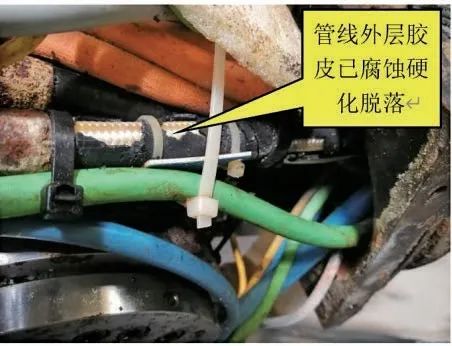
After the equipment was disassembled in case of failure, it was found that some corrosion had occurred inside the machine tool. One X-axis ball screw was seriously rusted. In order to ensure the machining accuracy, it is impossible to assess the impact of corrosion on the machine tool in the future.
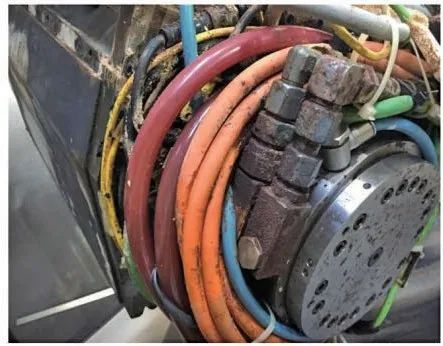
There are some crystalline substances on the gap and surface of the machine tool, and the formation mechanism needs to be analyzed. These crystalline substances have strong adhesion and are difficult to remove. After the maintenance of the equipment manufacturer, it is analyzed that they have corroded the surface of the machine tool, and there is a hidden danger of reducing the sealing performance.
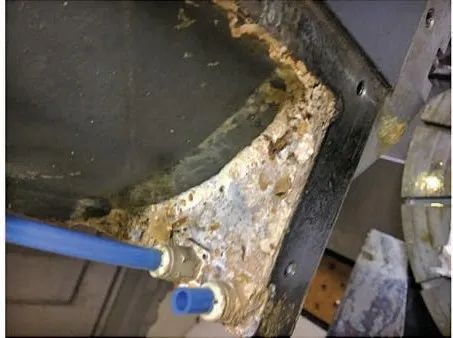
1) There are many impurities and rust in the processed workpiece
The machined workpiece belongs to large casting, with many impurities in the inner cavity and rust on the surface. After the work-piece passes the scribing and ordinary milling machine processes, it turns to the five axis machining process. In addition to the main functions of machining lubrication and cooling, the cutting fluid also brings a large amount of rust, sand, chips and other impurities to all parts of the machine tool. If rust or chips gather in the dead corners of the machine tool or cannot be washed off, they will stick to the machine tool parts, As a result, the cutting fluid or water vapor will condense in the adhesion between the rust or chips and the machine tool for a long time, and the machine tool parts will gradually be rusted, even the whole machine tool will be rusted.Second, in order to draw a clear line on the workpiece blank, the workshop marking process has been painting a layer of white lime water on the surface of the blank. Long time application has made a large amount of lime water mixed in the cutting fluid, and the hardness of the cutting fluid has increased, leading to the precipitation of the cutting fluid soap, resulting in the deposition of scaling substances with strong adhesion and difficult to remove at the machine tool seal, resulting in the decline of the sealing performance of the machine tool.
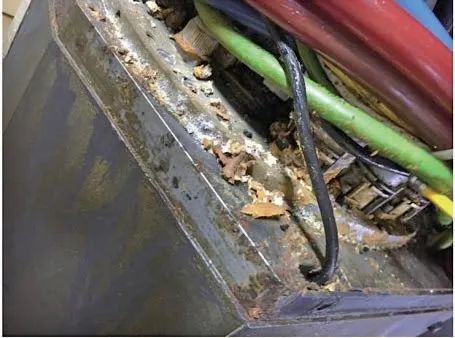
In the production process, the operator initially prepared and tested the concentration according to the cutting fluid proportion requirements until the next time the cutting fluid was degraded and replaced. During this period, the daily inspection of the cutting fluid concentration and PH value was not strictly carried out, so there was a problem in the use and management of cutting fluid on site.
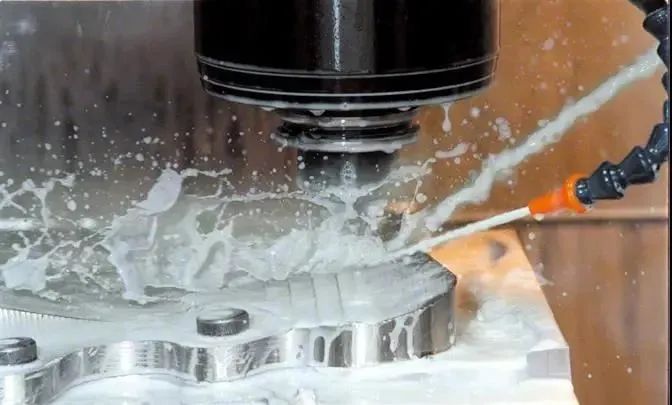
9) Clean the tool magazine, workbench and other parts that are easy to retain cutting fluid with cutting fluid regularly to avoid corrosion.
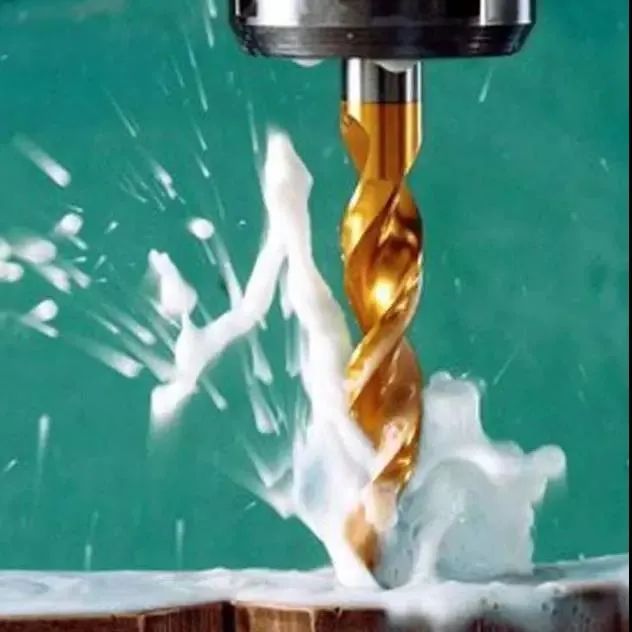
November 08, 2024
April 26, 2024
April 26, 2024
Magnesium alloy processing new favorite: Environmentally friendly nano cutting fluid, efficiency and green win-win secret? Advantages of environmentally friendly nano-cutting fluid applied on...
How to adjust a stable microemulsion cutting fluid? The deployment tutorial is here! In modern metal processing, the selection and allocation of cutting fluid is crucial to ensure processing quality...
Nanoscale cutting fluid: the new star of the market, the challenger of traditional cutting fluid In recent years, with the rapid development of science and technology and the continuous progress of...
Discussion on common problems in the use of wire cutting working fluid Wire cutting technology, as a precision machining method, plays a vital role in industrial production. However, in the process...
Email to this supplier
November 08, 2024
April 26, 2024
April 26, 2024
Send Inquiry

Mr. James
Tel:0086-371-58651986
Fax:
Mobile Phone:+86 13783582233
Email:sales@cn-lubricantadditive.com
Address:No.11 Changchun Road, High-Tech Zone, Zhengzhou, Henan
Related Products List
Mobile Site


Privacy statement: Your privacy is very important to Us. Our company promises not to disclose your personal information to any external company with out your explicit permission.

Fill in more information so that we can get in touch with you faster
Privacy statement: Your privacy is very important to Us. Our company promises not to disclose your personal information to any external company with out your explicit permission.